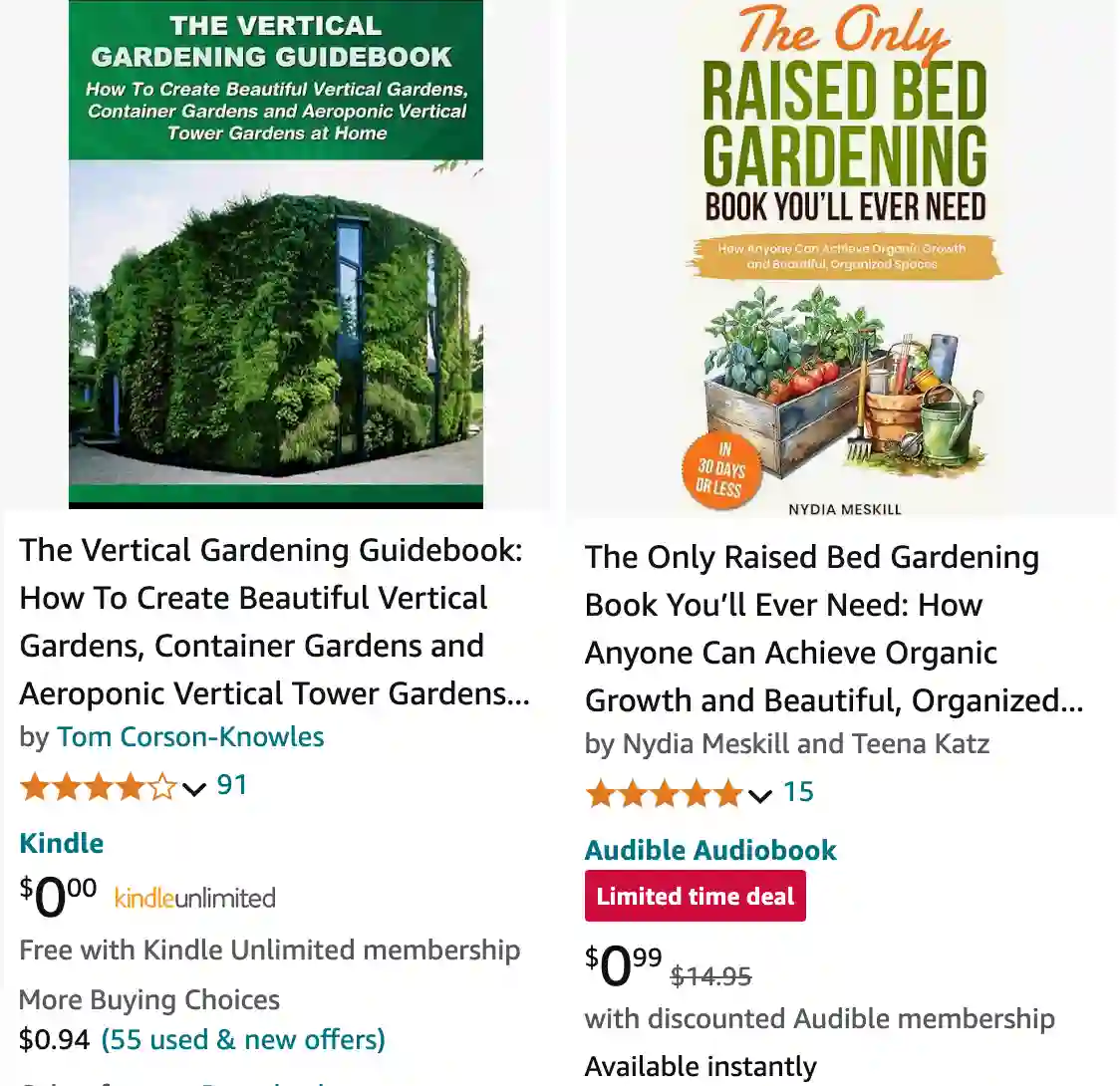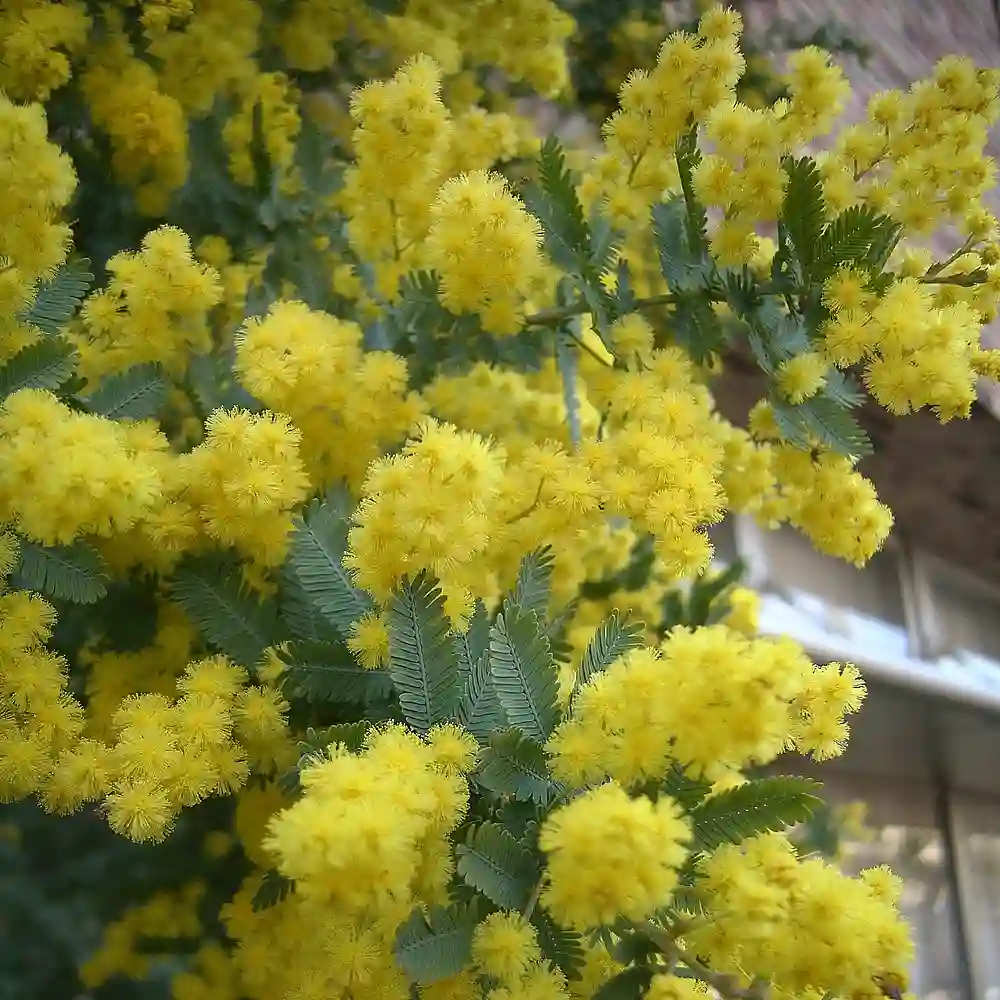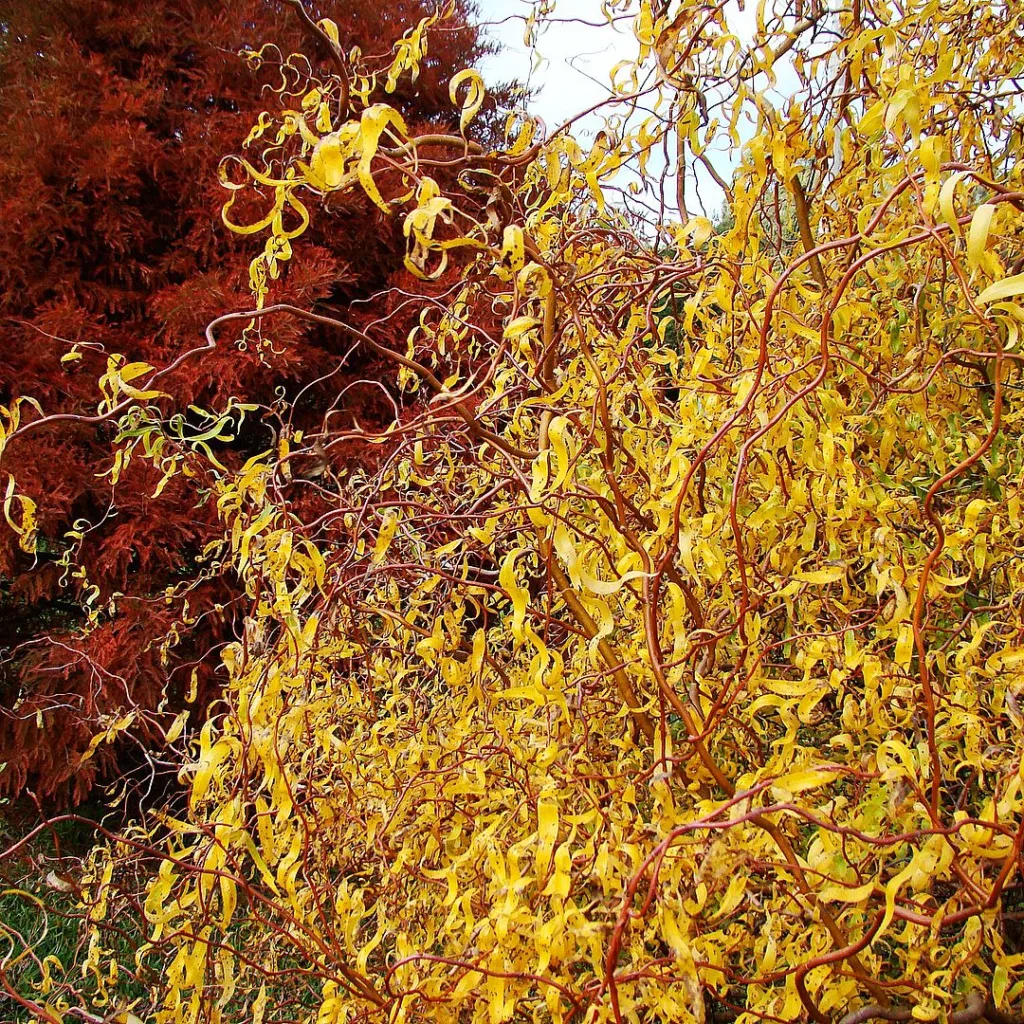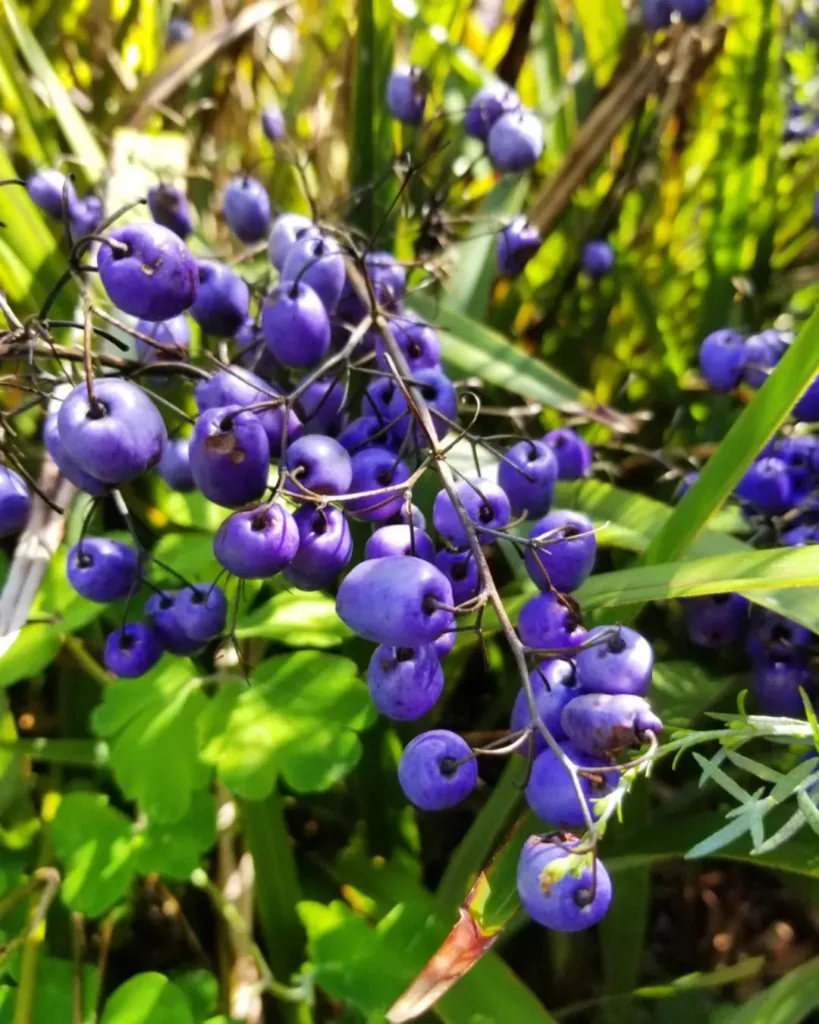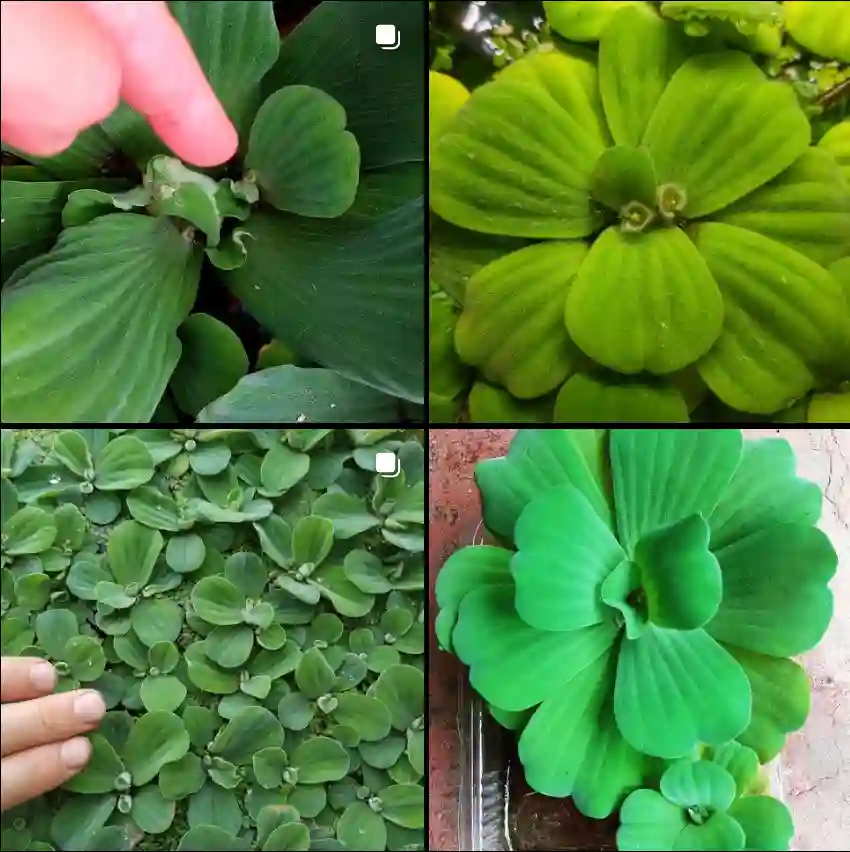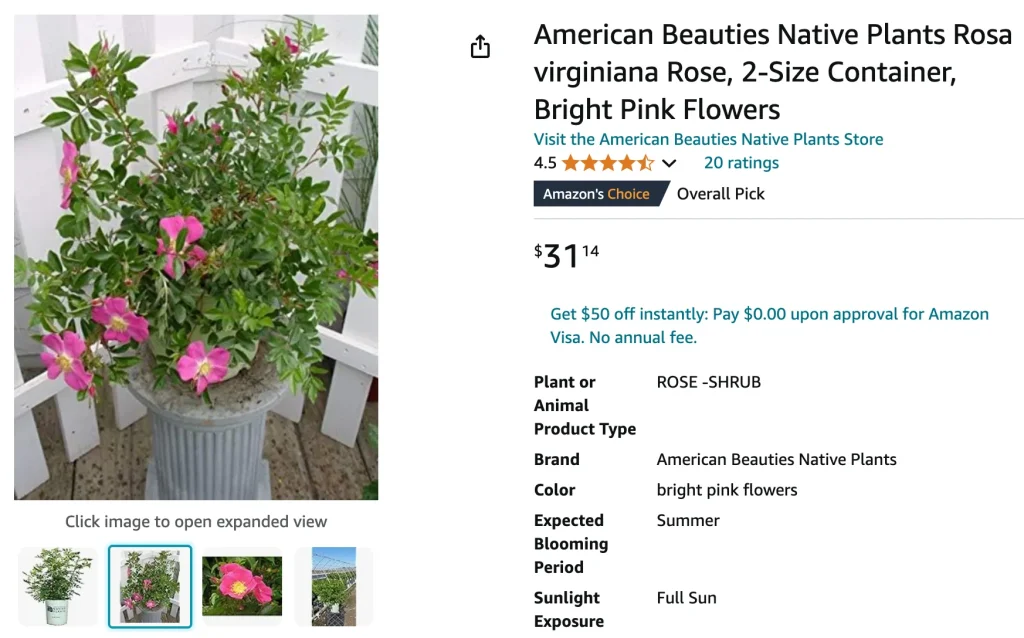
What Does Rosa Virginiana Mean?
Rosa Virginiana, commonly called the Virginia Rose, is a beautiful wild rose species native to North America. Its Latin name, Rosa Virginiana, refers to its origin in the Virginian region. This rose is known for its vibrant pink blooms, delicate fragrance, and its resilience in various landscapes. It’s often found growing naturally in meadows, woodland edges, and along roadsides.
Rosa Virginiana vs Rosa Carolina
When comparing Rosa Virginiana and Rosa Carolina, both are wild rose species native to the United States, but they have a few key differences. Rosa Virginiana tends to grow taller, often reaching heights of 6 feet, while Rosa Carolina is more compact, typically maxing out around 3 feet.
The blooms of Rosa Virginiana are slightly larger and more robust, often appearing as a deeper pink. In contrast, Rosa Carolina has smaller, more delicate flowers, though both share the classic single-petal rose structure. Another notable difference is the spread of Rosa Carolina, which tends to colonize areas through suckering more aggressively than Rosa Virginiana. In my experience, if you’re looking for a more contained, upright rose, Rosa Virginiana is the better option.
Rosa Virginiana vs Rosa Rugosa
The comparison between Rosa Virginiana and Rosa Rugosa comes down to their aesthetic and functional differences. Rosa Rugosa is known for its thicker, wrinkled (rugose) leaves and larger hips, which make it a standout in colder climates due to its hardiness. It also boasts larger, often more fragrant blooms, and it can tolerate harsher coastal conditions better than Rosa Virginiana.
On the other hand, Rosa Virginiana has smoother, more elegant foliage and smaller hips, making it a slightly less vigorous but visually softer option. If you prefer a wild rose that blends seamlessly into a garden or natural setting without overtaking it, Rosa Virginiana is a great choice. Rosa Rugosa, however, is the go-to for those looking for a more robust, functional rose with better salt tolerance and colder hardiness.
Rosa Virginiana vs Rosa Palustris
Rosa Palustris, commonly known as the Swamp Rose, shares similarities with Rosa Virginiana, but as its name suggests, Rosa Palustris thrives in wetter environments. If your garden has areas prone to standing water or if you’re working near a pond or wetland, Rosa Palustris will perform better. It grows in marshy or swampy regions, while Rosa Virginiana prefers drier, more well-drained soils.
In terms of appearance, both species have attractive pink flowers, but Rosa Virginiana flowers are often a bit larger and more vibrant. The Swamp Rose is generally shorter in stature, and its foliage tends to be a bit darker and shinier compared to the softer, lighter green leaves of Rosa Virginiana. If you’re landscaping in a standard garden or dry meadow, I’d recommend sticking with Rosa Virginiana.
How to Care for Rosa Virginiana?
Caring for Rosa Virginiana is relatively simple as it’s a low-maintenance plant. It thrives in full sun but can tolerate partial shade. It’s adaptable to various soil types but performs best in well-drained, loamy soils. Once established, it’s quite drought-tolerant, although occasional watering during dry spells can encourage better blooms.
In terms of fertilization, Rosa Virginiana benefits from organic compost or a slow-release fertilizer applied in early spring. Pruning should be done in late winter to remove any dead or damaged branches, which will encourage new growth and maintain the shrub’s shape.
How to Propagate Rosa Virginiana?
Propagating Rosa Virginiana can be done through several methods, including seeds, cuttings, or root division. In my experience, propagating through cuttings is the most reliable. Simply take semi-hardwood cuttings in late summer, around 6-8 inches long, and plant them in a well-draining medium. Keep them moist and in indirect sunlight until they root, which typically takes a few weeks.
Root division is another effective method. Since Rosa Virginiana has a tendency to form suckers, you can dig up and divide the roots in early spring before new growth begins. Replant the divisions immediately, and water them thoroughly.
Can You Grow Rosa Virginiana Indoors?
Growing Rosa Virginiana indoors isn’t typically recommended due to its size and natural growth habits. It thrives best outdoors in a garden or natural landscape where it can spread and grow to its full potential. However, if you’re determined to try growing it indoors, you would need a large container and ample sunlight, preferably in a sunroom or greenhouse environment. Still, I find it much more practical and rewarding to let this beautiful species thrive outdoors.
Is Rosa Virginiana Toxic?
Rosa Virginiana is non-toxic to both humans and pets, making it a great choice for gardens where children or animals may be present. The hips produced by this rose are even edible and can be used in jams, teas, or herbal remedies, offering a pleasant, tangy flavor that is rich in vitamin C.
What to Plant with Rosa Virginiana?
When planning a garden with Rosa Virginiana, consider pairing it with other native species that complement its growth habit and bloom time. I often pair it with native grasses, such as Little Bluestem or Switchgrass, to create a naturalized look. Companion plants like Purple Coneflower or Black-eyed Susan also pair beautifully with Rosa Virginiana, adding a pop of color that blooms later in the season.
Common Problems with Rosa Virginiana
While Rosa Virginiana is fairly resistant to many common rose problems, it can still occasionally be affected by pests like aphids, spider mites, or Japanese beetles. Diseases such as black spot or powdery mildew can also occur, especially in humid conditions. To avoid these issues, make sure there is adequate air circulation around the plant, and avoid overhead watering. Regularly inspecting your plants will help catch any problems early.
Overall, Rosa Virginiana is a resilient, low-maintenance rose species that can adapt to a variety of garden settings.
